This volume contains interesting diaries of two tours undertaken by two British offices "J.P. Mills of Indian Police and J.H. Hutton, the author of the Diaries" of the remote unadministered area of the Naga Hills during 1923 i.e. more than 60 years ago when the North East region of India was entirely undeveloped because of gross neglect and decay. These areas had never been visited by any white man before. Strangers did not dare to move through these villages unless accompanied by strongly armed escorts. The two officers had an escort commanded by a Military officer, Capt. W.B. Shakespear when they left on first tour. The first tour commenced on 3rd April 1923, after they left the Assam Bengal Railway at Nazira and marched east to Luchaipani where they met a severe thunderstorm. Thus their first tour commenced with rains. It ended on 27 April, 1923 when they reached Sibsagar Road Railway Station on return journey. The second tour commanded on 9th October 1923 and ended on 30th November 1923 at Kohima. The second tour was also undertaken under the orders of the then British Government “in order to obtain some knowledge of the unadministered and hitherto unsurveyed area east of the frontier and the known country that adjoins it.†On the second tour the author was accompanied by J.P. Mills for the first fortnight only as he was prevented from accompanying him further due to a poisonous foot which compelled him to remain in Mokoching. His place was taken by C.R. Pawsey M.C. He had an escort of 50 men of the 3rd Assam Rifles under an Indian officer. The two tour diaries throw a flood of light on the geography of the region and also the customs and the kind of life the local Nagas and other tribals led in their remote jungle villages. Every village had morangs (bachelors’ Houses). They saw the survival of a definitely Negrito belief in their practice of hanging the combs of bees or wasps on the entraces of houses. The women enjoyed absolute equality with men. In some villages they saw that hunting dogs were buried, like men with houses over their graves and offerings of meats etc. to them. Because ‘if this be neglected the surviving and subsequent dogs do not hunt well’. There are similar accounts of great interest not known before. The Diaries are profusely covered by illustrations which are found appended to them in sizable number. Apart from their historic importance to the administrators of these areas, the Diaries will be found extremely useful, as invaluable reference tools for anthropologists, sociologists, historians and research scholars of other disciplines particularly those engaged in research on the history and culture of North East part of India.
Naga Manners and Customs
$67.50
$75.00

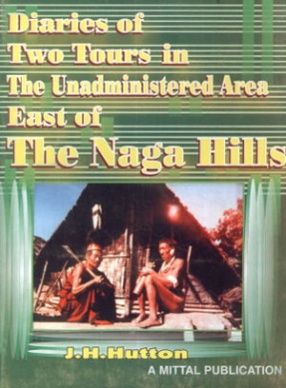
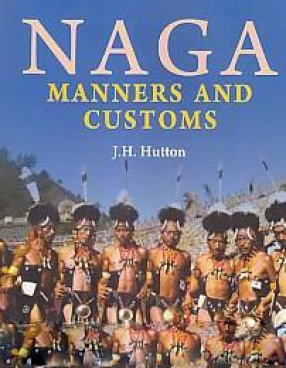
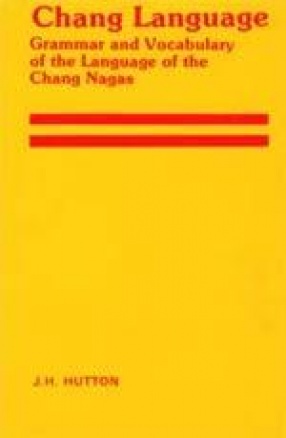
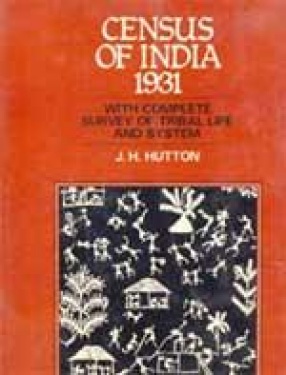
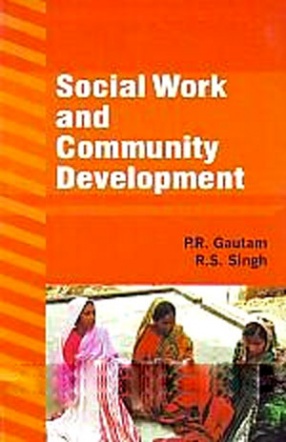
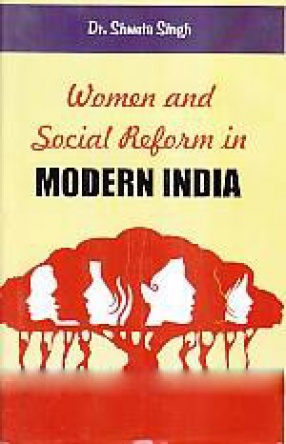
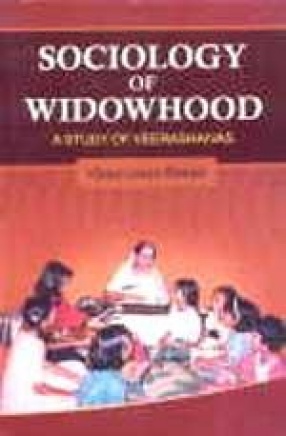
There are no reviews yet.